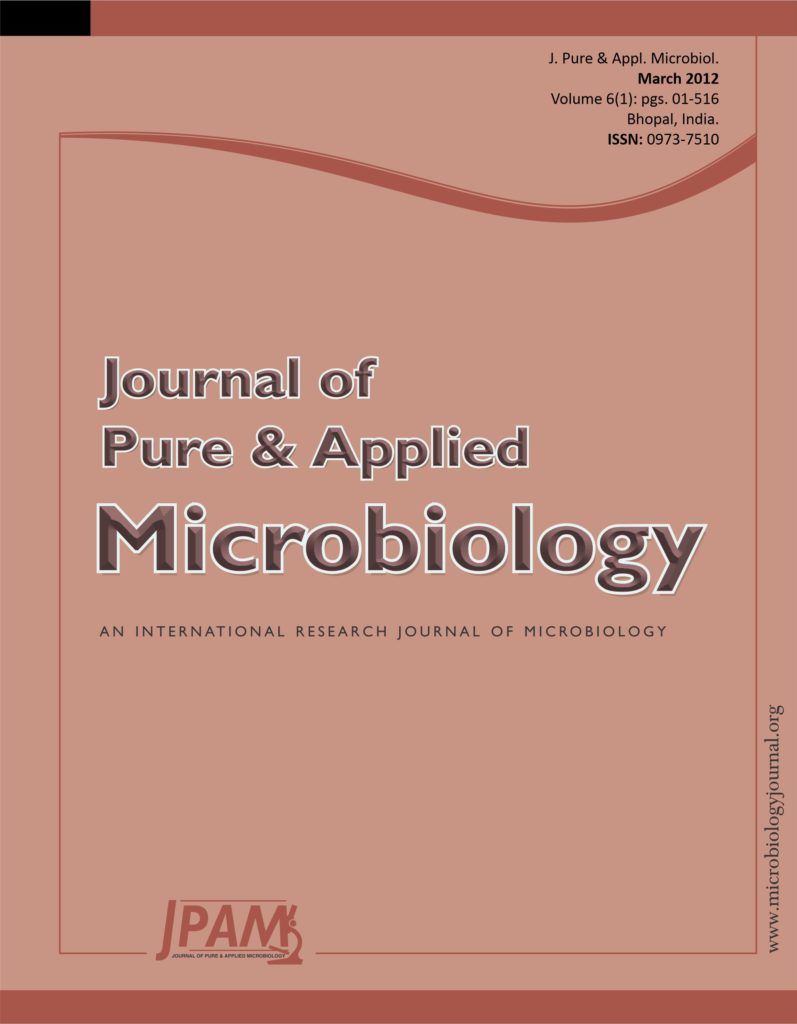Wide varieties of organisms are used as a process organism to extract enzymes in industries. DNases has been used for commercial purposes apart from genetic engineering. For various applications the large scale production of DNases is important where a moderate thermophile is mostly preferred which decreases the cooling cost of the fermentation industries and also such enzymes can be stored at room temperature without denaturation. Keeping these objectives in view arid land in Patur region which belongs to Akola district was chosen as habitat for thermophiles. After screening large number of soil samples an efficient DNase producing moderate thermophilic bacterium was fully characterized. The morphological and biochemical properties were carried out and the phylogeny of this bacterium by 16S rRNA sequencing was studied. There are various parameters like composition of medium, degree of aeration, pH, temperature and incubation period which influence the DNase production. Every enzyme has its maximum time of production i.e. specific peak period, after which the production decreases. The production of the DNase enzyme started at 10 hrs and continued. The peak point of the enzyme was found at 29 hours and the enzyme production decreased thereafter.
Moderate thermophile, DNase production, Time point of production
© The Author(s) 2012. Open Access. This article is distributed under the terms of the Creative Commons Attribution 4.0 International License which permits unrestricted use, sharing, distribution, and reproduction in any medium, provided you give appropriate credit to the original author(s) and the source, provide a link to the Creative Commons license, and indicate if changes were made.


